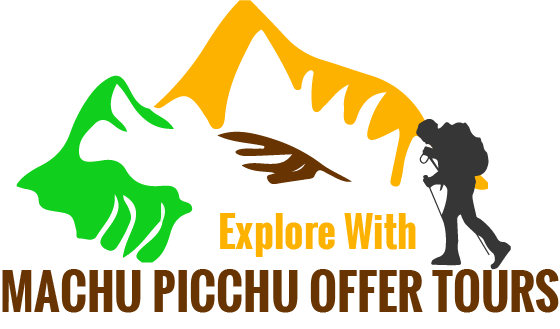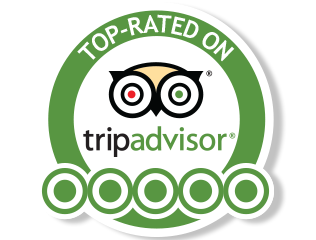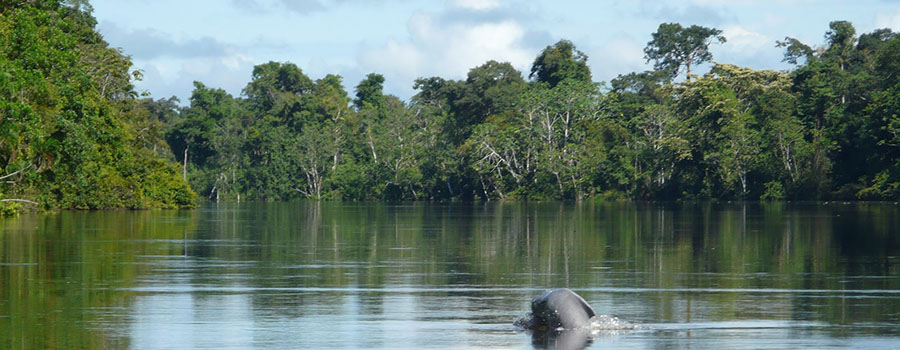MANU TOUR 6 DAYS / 5 NIGHT
Description
“The most important request for the development of the ecotourism is the sustainable use and the conservation of nature.” The Manu Biosphere Reserve is one of the most pristine areas of rainforest in the Amazon and consists of the entire drainage basin of the Manu River. There are very few human settlements in the park, and there is no hunting or fishing. Tourism is strictly controlled and visitors are only allowed into the park if accompanied by a registered guide and with a registered tour operator. Tours must be organised in advance, and all of the agencies have offices in Cusco. It is also possible to organise tours from Lima or abroad, although all operators work with one of the ten official operators allowed into the park. It is possible to visit the Manu area without entering the reserved zone, and much good wildlife can still be seen. However, there is less control on human activity in the area outside the park.
The Manu Biosphere Park consists of two zones: the Manu National Park, which can only be entered by professional biologists with a special permit; and the Manu Reserved Zone, which can be entered by tourists, but only with an organised tour. There are buffer zones around the park, often referred to as the Cultural Zone, although this is no official protection for this area. The Manu National Park covers 1,532,860 hectares, and the Manu Reserved Zone another 260,000 hectares. Manu contains 13 different ecological zones ranging in altitude from 200m to 4,000m, meaning that it has an incredible variety of flora and fauna. In 2000, almost 3,000 visitors entered the Manu reserved zone compared with 20,000 who visited the Puerto Maldonado area. Although there are no official limits of the number of visitors, the expense of visiting Manu means that numbers are self-limiting. Additionally, agencies are strictly controlled and are only allowed to visit certain parts of the reserved zone, and even then only allowed in for three days at a time.
Tours to the Manu reserved zone are expensive, ranging from about $500 for the cheapest, taking the bus in and out, to almost $2,000 when staying in one of the lodges. The reason for this is that the transport costs are expensive due to the distances involved.. However, it is sometimes possible to get discounts on official prices. If an agency has a tour leaving in a day or two and still has spaces, it may be willing to offer a discount to try and fill a place. It can be worth shopping around the see if this is the case.
Our fixed departure date 2013 ( we need just two of you to open a new departure date) our prices depend on the number of people you are at the time of leaving on the tour we leave with a minimum of 2 paxs and as maximum 10 paxs in each of our group Why booking with HAKU TRAVEL for Manu reserved Zone
*In cusco there are big international companies that operate the Manu Reserved zone which have their own Private Land Transport, Boat Transport and of course Private land and lodges into Manu Reseved Zone so as result of that the Native Jungle Communities are being putting apart from direct incomes from tourism.
* Only few 100% local outfiters like us work and provide jobs to Local People( Guides, Cooks, Boat Drivers, Van Drivers owned by themselves and of couse we work with Local Native Lodges in and out side of the Manu Reserved Zone) * So if you want to travel supporting Local People and Local Communities and not making even bigger to Big International Companies make sure that you are travelling with a100% Local Tour Operator which support and provide opportunities to Local People.
Useful Information
Locations Visited: Manu Reserved Zone Wildlife Native Comunities lakes
Trip Style: JungleTour
Length: 8D/7N
Frequency: Upon Request
Group: 3pax min, max 10paxs
Itinerary
DAY 01: CUSCO – COCK OF THE ROCK – SAN PEDRO LODGE
DAY 02: SAN PEDRO LODGE – COCK OF THE ROCK – ERIKA LODGE
1 Free Option: Here in Pilcopata town we will make the final settings for a 1 ½ river rafting (class I and II) trip down the Koshñipata River where we will have the opportunity for a dip and of course enjoy the spectacular view of the Koñeq Canyon.
2 New!!! Option: We walk through the trail that leads us to the observation platform located 15 feet above the mammal lick itself where we wait for the lumbering peccaries to arrive, we observe and photograph them in action. Important: The observation depends on luck on availability and weather conditions.
DAY 03: ERIKA LODGE – BOCA MANU
3 Free Option: Canopy zip down: At Erika Lodge, our guests traverse from tree to tree and platform to platform using pulleys on horizontal traverse cables zip lines), as they sail through the treetops of the tropical rainforest canopy, and over the trails far below. Expert guides assist you in this exciting journey through the different layers of the rain forests and explain what’s going on around you from the time you leave the ground, until you rappel back down to the forest floor.
DAY 04: PARROT CLAY LICK
DAY 05: OTORONGO LAKE
DAY 06: SALVADOR LAKE
Included
It Included:
- Own transportation
- own boat transportation (covered motor boats)
- Specialized and bilingual guides
- 01 night in Orquideas de San Pedro lodge
- 02 nights in Erika Lodge
- 01 night in Boca Manu Lodge
- 02 nights in Sajino Safari Campsite
- 01 night in Yanayacu Lodge
- meals (vegetarian option is available)
- first aid Kit including anti-ophidian shots
- paperwork and payment for Park permits
- radio communication equipment in all lodges and campsites, and as additional service we offer safety box for values and storage for luggage in Cusco’s main office.
NOT INCLUDED:
- The breakfast and mineral water only for the first day.
- Soft drinks such as beers or sodas
- Tips, handicraft.
- The last dinner.



